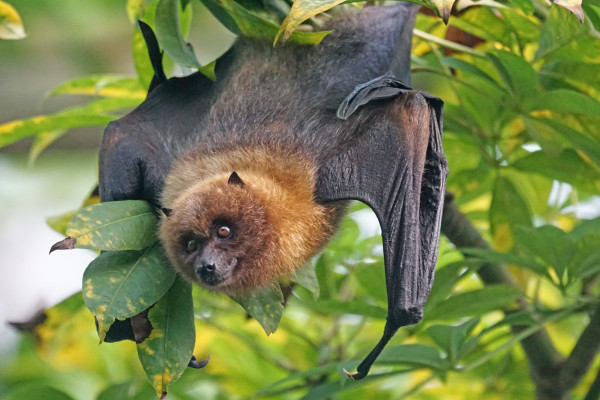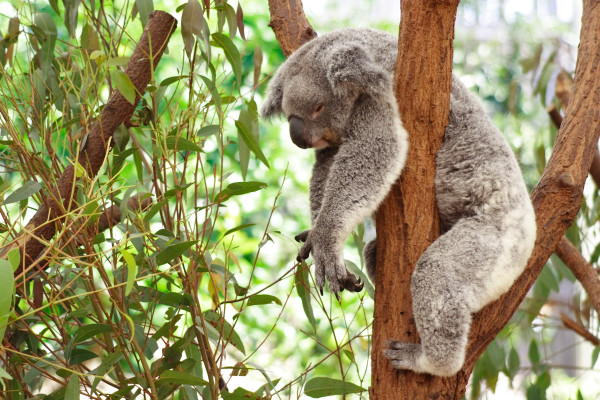Biodiversity and Nature
It’s Biodiversity Month. Why is it significant?
It’s Biodiversity Month and this is a time when people everywhere, especially ecologists, celebrate their favourite plant and animal species. This is when we see an increase of information around threatened species, as people try and increase awareness for the plight of these at-risk species. Or, we see charismatic species (koalas, turtles or other cute and cuddly critters) that people are more likely to take a keen interest in. Either way, the goal is the same: this is the month when we shine a spotlight on our biodiversity and its beauty and importance, to encourage all of us to connect with and care for biodiversity.
So, what is Biodiversity? It refers to the variety of all living things. This includes the many different plants, animals and fungi around us, from mushrooms and moss to birds, bats, platypus and marine creatures. Biodiversity also refers to the variety of different species, variety of different ecosystems, variety of different regions with distinct ecosystems, and genetic diversity within species. The higher the diversity, the greater the resilience of the species, ecosystems or landscapes to threats and disturbances as the greater the range of responses to disturbance and thus the likelihood that some species will be able to withstand and recover from the disturbance.

Biodiversity and Nature: are they different?
At the recent EIANZ Biodiversity Offset Conference in Canberra in July 2024, Professor Graeme Samuel suggested that we need to talk about ‘nature’ instead of ‘biodiversity’. So how does biodiversity fit with ‘nature’ and what is the difference?
Nature refers to the holistic environment made up of living (biotic) and non-living (abiotic) aspects including the atmosphere, water and the earth. Abiotic aspects influence which biotic components can survive in a given location, and the presence of biota in turn influences the soil, water and atmosphere in an area. Nature is the complex, interconnected and interdependent web of living and non-living things around us that form our environment. Without nature, there is no biodiversity as all biodiversity relies on nature and this complex web of biotic and abiotic aspects to survive.
Humans are part of nature. We are a living organism and we exert an extraordinary influence on the biotic and abiotic aspects of the world around us. We are also wholly dependent on these aspects for our survival. From nature comes all our food, water and fuel, as does our clean air and 70% of our medicines. Plus, our ecosystems are the only viable carbon sinks* (IPBES 2019). Not only that, but the World Economic Forum identifies that five of the top ten global risks over the next 10 years will be nature-related risks (i.e. extreme weather events, critical change to Earth systems, biodiversity loss and ecosystem collapse, natural resource shortages and pollution)**.
These are some of the key reasons why 188 countries, including Australia, endorsed the Global Biodiversity Framework*** at the 2022 Conference of the Parties to the Convention on Biological Diversity (COP15) in Kunming-Montreal. The framework commits countries to protect 30% of land, waters and seas, and restore 30% of degraded ecosystem by 2030, with a reversal of nature loss by 2050. Core to this is the need for people to understand and value nature and to see themselves as part of nature, not separate to it, through recognition of the ecosystem services and innumerable value provided to us by nature. This is now referred to as the Nature Positive goal, or the Global Goal for Nature.
This has become a global aspiration and generated momentum in financial markets and institutions whilst seeing policy reforms and strategies, as well as corporate and governmental adoption of nature positive goals, targets, mandates and plans.
This is why, this month, in Biodiversity Month, we are celebrating nature and the biodiversity supported by nature.

* IPBES (2019). Summary for policymakers of the global assessment report on biodiversity and ecosystem services of the Intergovernmental Science-Policy Platform on Biodiversity and Ecosystem Services. Available at: https://www.ipbes.net/global-assessment
** World Economic Forum (2024). The Global Risks Report 2024 – 19th Edition – Insight Report. Available at: https://www.weforum.org/publications/global-risks-report-2024/
*** Conference of the Parties to the Convention on Biological Diversity (2022). Decision adopted by the Conference of the Parties to the Convention on Biological Diversity. Available at: https://www.cbd.int/doc/decisions/cop-15/cop-15-dec-04-en.pdf
